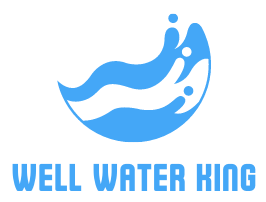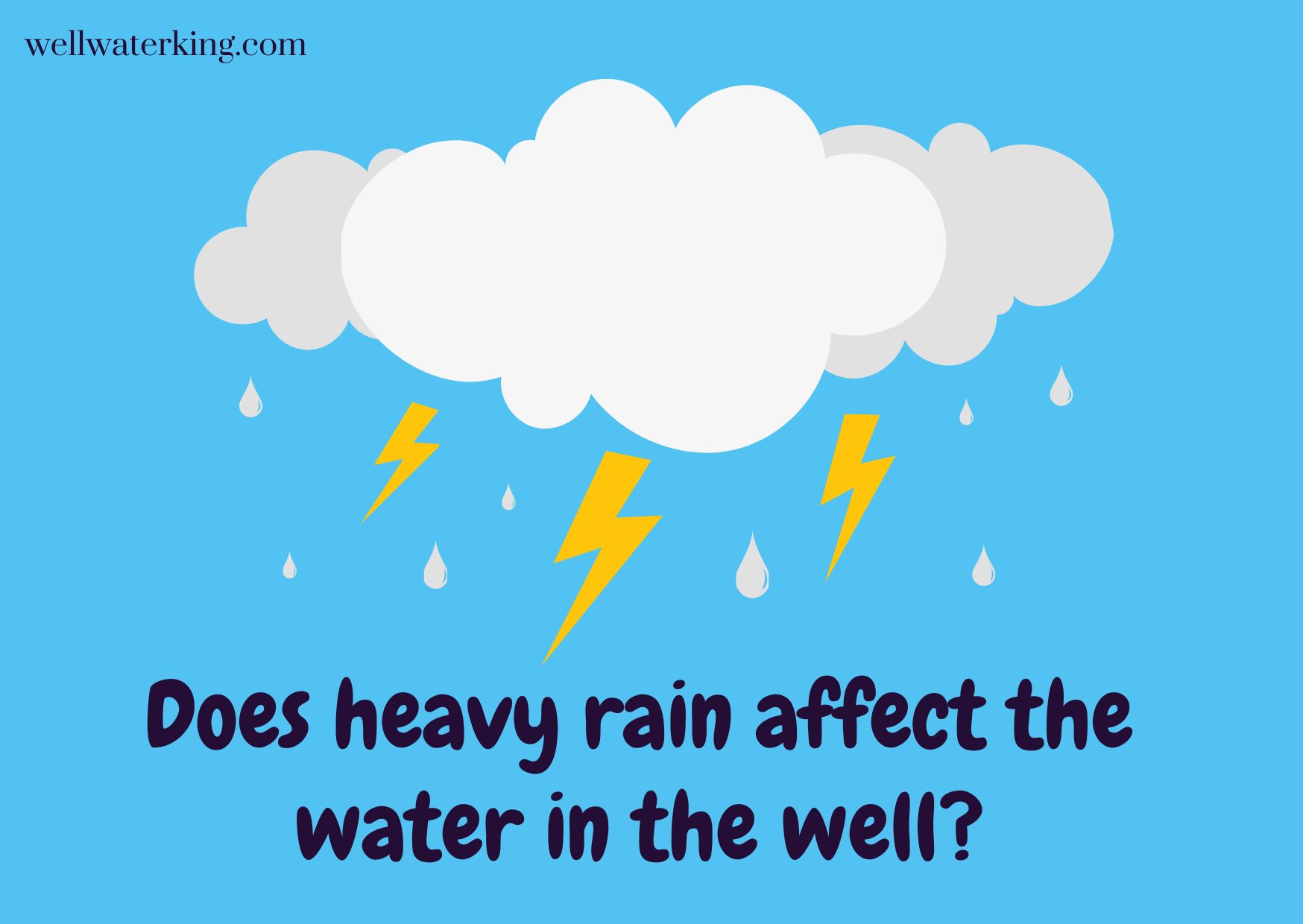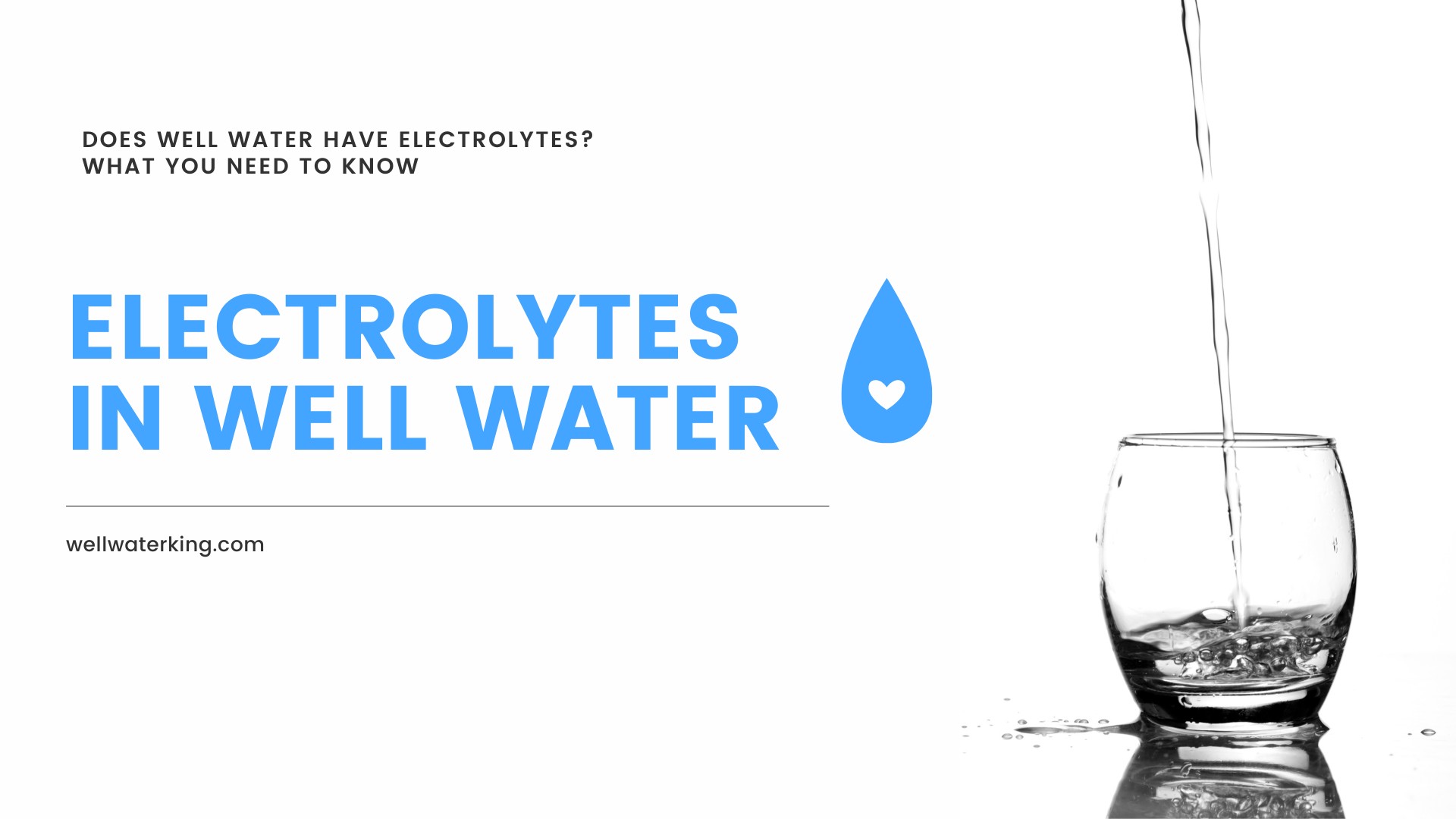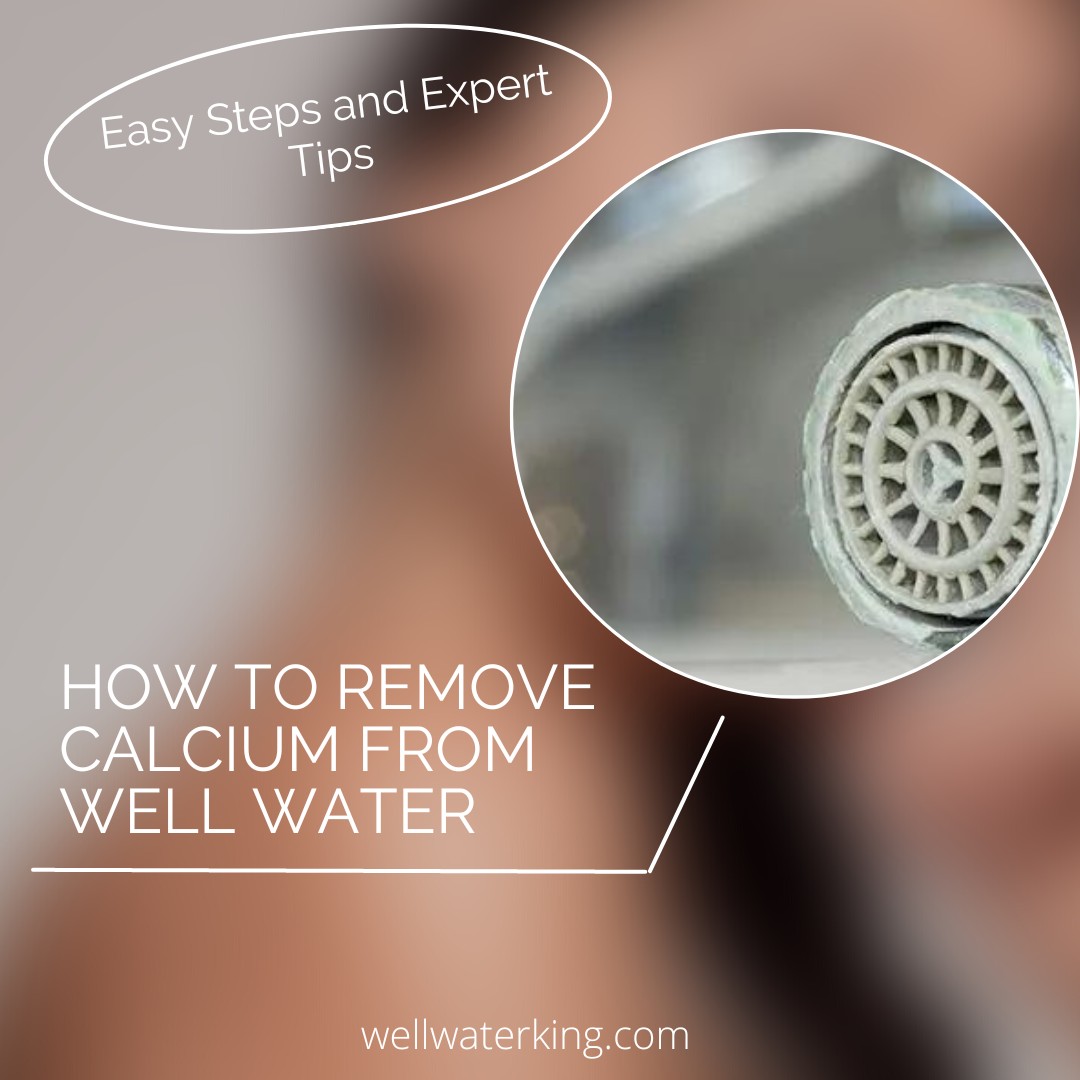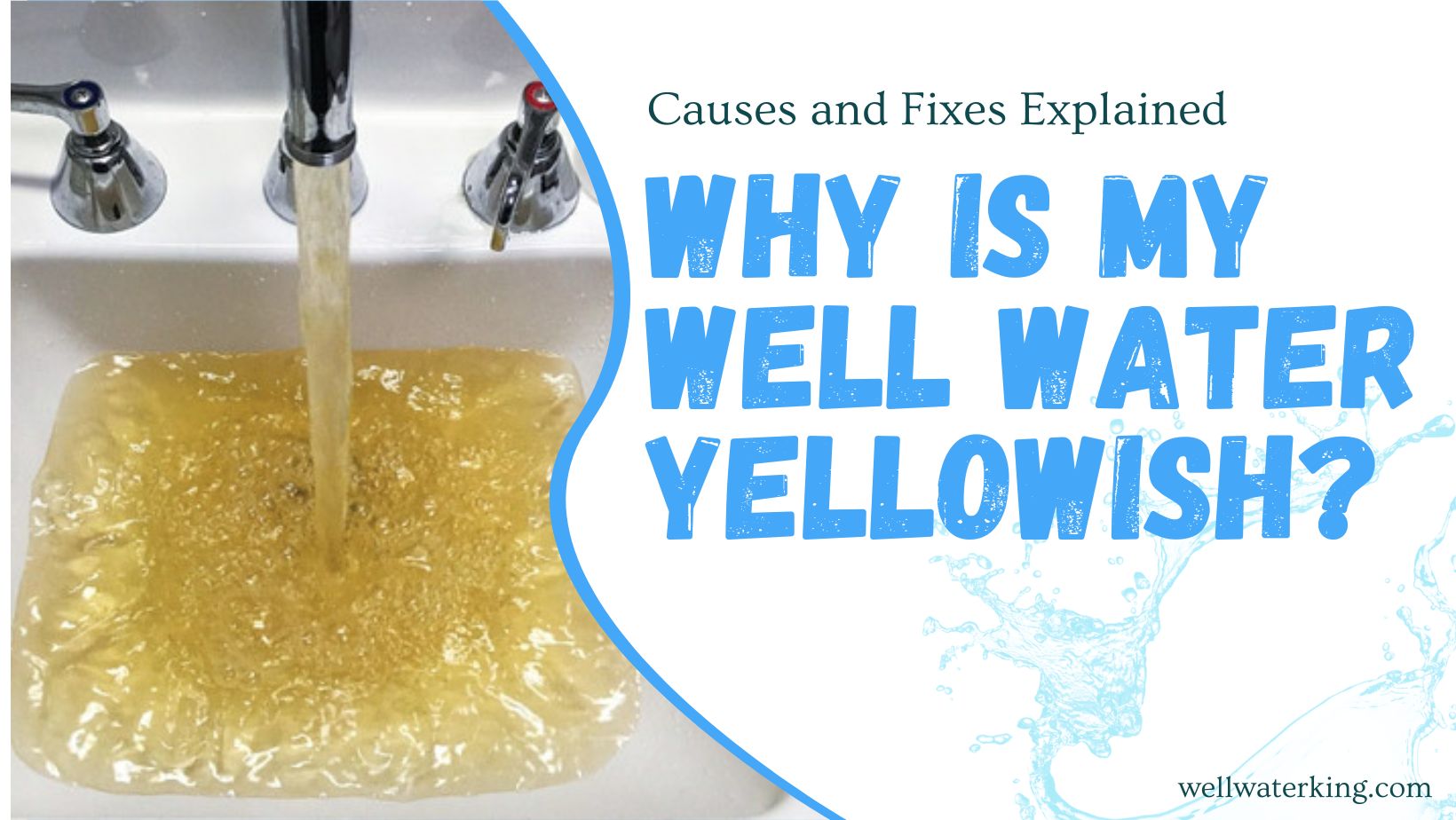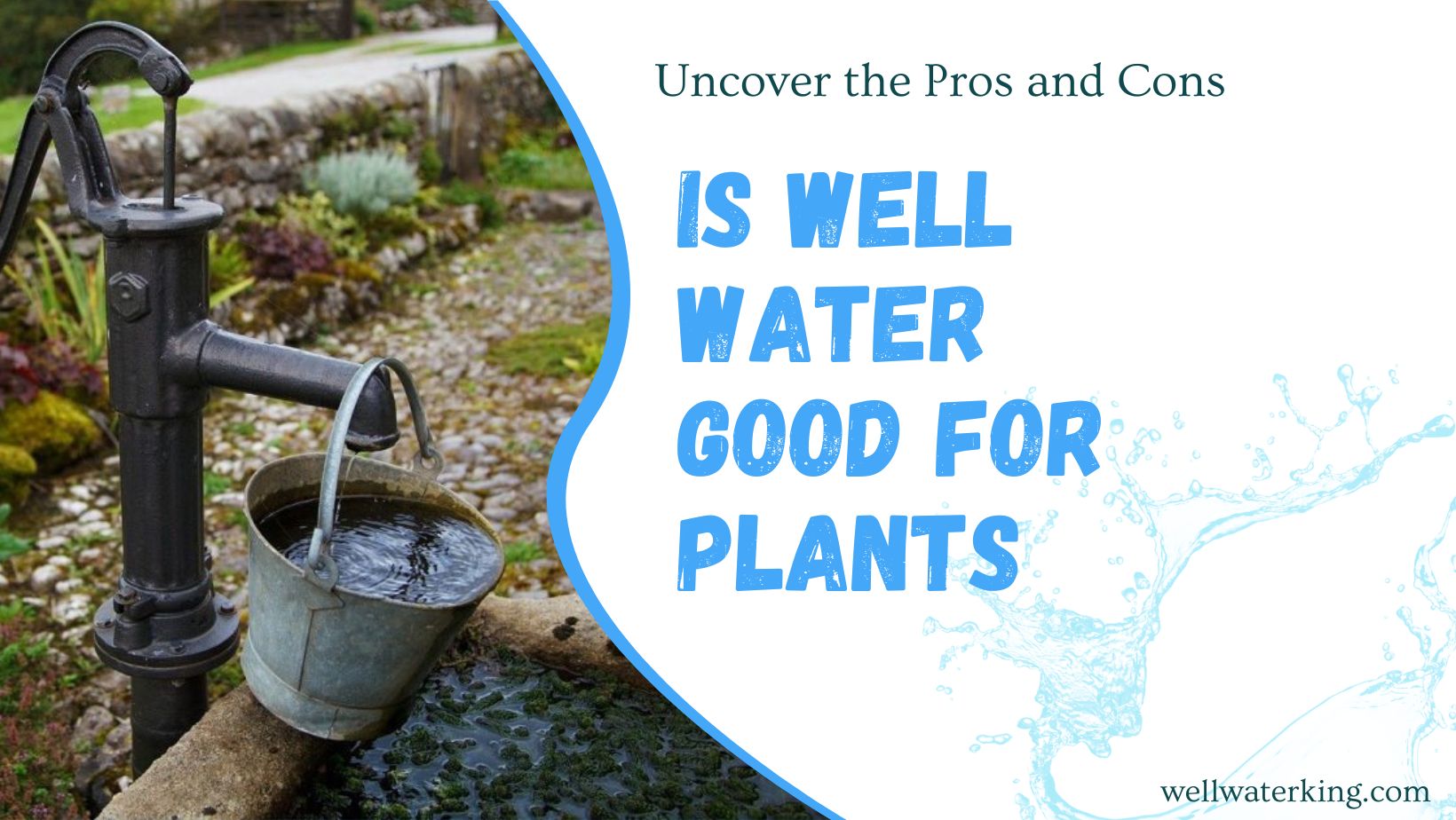After an intense rainstorm, you may find yourself wondering if the downpour could have affected the quality of your well water. Most of us expect our groundwater to be nicely protected from whatever falls from the sky. But is that really the case? Can contaminants get washed into your well by the rain?
While a light sprinkle is no cause for concern, heavy rains can indeed impact wells drawing from unconfined aquifers. To understand why, you need to know a little about how wells work and the different ways they can become contaminated.
As rainwater travels over the surface, it picks up debris, chemicals, and sediment along the way. With enough precipitation, this runoff can penetrate the soil and percolate through the unsaturated zone to the water table. The amount of infiltration depends on factors like the intensity and duration of the storm, soil composition, and depth to the aquifer. If contaminants make it all the way down to the saturated zone feeding your well, then you could have a problem on your hands.
In this post, we’ll take a closer look at aquifers and how they can be influenced by heavy rains. We’ll also discuss signs your well may be compromised after a storm, steps you can take to protect your water supply, and how often you should test your well water to keep your family safe. By understanding the connection between precipitation and groundwater, you can be prepared to deal with any impacts from major weather events. Keep reading to learn more about whether that last big rainstorm put your well water at risk.
How Rainwater Gets Into Wells
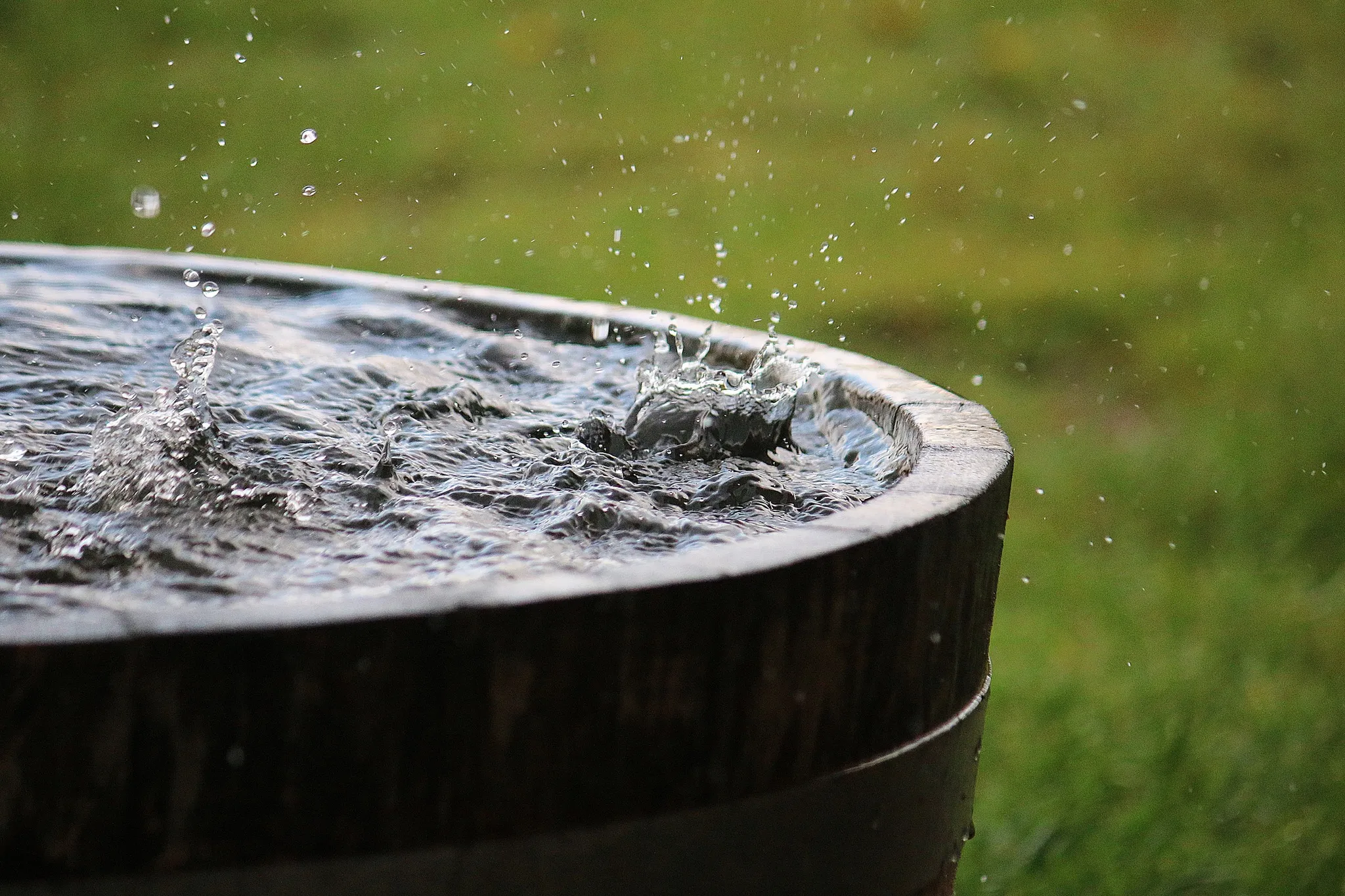
Rainwater gets into wells primarily through a process called infiltration. When rain falls to the ground, some of it evaporates back into the atmosphere, some runs off into rivers and streams, and the rest soaks into the soil. As rainwater infiltrates the soil, it moves downward through the layers of earth, eventually reaching the water table. This underground water is what feeds wells.
However, in cases where a well’s structure is compromised, rainwater can directly enter a well. This may occur if the well cap is not properly sealed, or if there are cracks in the well casing. When this happens, the water in the well can become contaminated with pollutants from the surface, such as bacteria, chemicals, and sediment. Proper construction and regular maintenance of wells are crucial to prevent direct entry of rainwater and to ensure the safety of the well water.
What contaminants can be found in well water after heavy rain?
- Bacteria – Rainwater can pick up bacteria like E. coli and coliform from animal or human waste and transport it through the soil into groundwater. This can happen if heavy rain causes flooding of septic systems or agricultural land containing manure.
- Chemicals – Things like pesticides, herbicides, motor oils, and cleaning products can get washed by rainwater from lawns, roads, or farms into well water. Heavy precipitation can cause these to more easily leach through soil.
- Sediments – Soil particles containing minerals, organic matter, or microbes can be carried by heavy stormwater flows down into aquifers, making well water turbid.
- Salts – Rainwater moving quickly can dissolve salts like sodium, calcium, magnesium, and sulfates from soil and bedrock. This can increase hardness and total dissolved solids in well water.
- Nitrates – Nitrate fertilizers from lawns and agricultural fields can readily leach into groundwater supplies when heavy rains saturate the soil profile. This can cause unsafe nitrate levels in wells.
- Viruses – Viruses from animal waste, such as rotavirus and hepatitis A, may be picked up by flood waters and transported into shallow wells.
- Heavy metals – Lead, arsenic, or chromium contaminants on the surface can infiltrate into aquifers from storm runoff, especially if the soil is acidic.
How can you prevent contamination of your well water during heavy rain?
Preventing contamination of well water during heavy rain requires a combination of careful planning, proper well construction, and regular maintenance.
- Proper Well Placement: Choose a location for your well that is less likely to be impacted by contaminants. Place it uphill and at least 50 feet away from potential pollution sources like septic tanks, livestock operations, or chemical storage areas. Avoid low-lying areas that may be prone to flooding during heavy rain.
- Proper Well Construction: Ensure your well is constructed following state and local regulations. Use a licensed well contractor to ensure proper materials, construction techniques, and compliance with local building codes. The well should have a secure, watertight cap to prevent surface water from entering the well directly.
- Seal the Well Casing: The well casing should be sealed to prevent surface water from seeping into the well. The annular space (the gap between the casing and the drilled hole) should be filled with a suitable material, such as cement grout, to prevent the entry of contaminants.
- Maintain a Safe Distance from Pollution Sources: Keep potential pollution sources such as septic systems, livestock areas, fuel tanks, and chemical storage areas away from the well. Properly manage and maintain these sources to reduce the risk of contamination.
- Maintain a Vegetative Buffer: Plant grass or other vegetation around your well to prevent erosion and runoff from carrying contaminants into the well. This vegetative buffer can act as a natural filter, capturing sediment and reducing the risk of contamination.
- Regular Well Inspection: Conduct periodic inspections of your well, especially after heavy rain. Check for signs of damage, such as cracks in the casing or a loose well cap. Ensure that the well is in good condition and functioning correctly.
- Water Quality Testing: Have your well water tested regularly for common contaminants, such as bacteria, nitrates, and heavy metals. After heavy rain, consider additional testing for potential contaminants like pesticides or industrial chemicals.
- Proper Well Maintenance: Regularly maintain your well pump and other components to ensure they are functioning correctly. This includes cleaning or replacing filters and checking the pump for signs of wear.
- Education and Awareness: Educate your family and community about the importance of protecting well water. Be aware of potential pollution sources in your area, such as nearby factories or agricultural operations, and advocate for responsible practices to reduce contamination risks.
What should you do if you suspect your well water is contaminated?
If you suspect that your well water is contaminated, it’s crucial to take immediate action to ensure your health and the health of others who may consume the water.
- Stop Using the Water: Until you can confirm the water’s safety, do not use it for drinking, cooking, or brushing your teeth. If you must use the water for other purposes, such as bathing or washing dishes, take precautions like boiling it first.
- Conduct a Visual and Sensory Check: Inspect the water for any changes in color, smell, or taste. Cloudiness, unusual odors, or a metallic taste may indicate contamination.
- Check for Recent Events: Consider any recent events that could have contributed to contamination. For example, heavy rains, nearby construction, or a septic system failure could increase the risk of pollutants entering your well.
- Contact a Professional: Call a licensed well contractor or local health department for advice. They may recommend specific actions based on your situation or local water quality issues.
- Test the Water: Arrange for a professional water quality test. Depending on your concerns, the test may include checks for bacteria, nitrates, heavy metals, or other contaminants.
- Identify and Address the Source: If contamination is confirmed, work with the professionals to identify the source. It could be related to your well’s location, construction, or maintenance. Addressing the source of contamination is essential to prevent future issues.
- Treat the Water: Based on the test results, you may need to treat your water to remove contaminants. Treatment options can range from disinfection with chlorine to installing water filtration systems.
- Implement Preventative Measures: Once the immediate issue is resolved, take steps to prevent future contamination. This may involve improving well construction, relocating potential pollution sources, or implementing regular maintenance and testing.
- Monitor Your Well Water: Continue to monitor your well water for any signs of contamination. Regular water quality testing, at least annually, is crucial to ensure the ongoing safety of your well water.
Bottom Line
In conclusion, heavy rain can significantly impact the quality of well water by introducing various contaminants. These pollutants, ranging from bacteria and viruses to pesticides, fertilizers, and industrial chemicals, can pose serious health risks if consumed. Fortunately, there are several steps well owners can take to prevent contamination and protect their water supply during heavy rain.
Properly constructed and maintained wells are best equipped to keep out sediment, bacteria, and other pollutants that could be transported by heavy stormwater runoff. But it’s still wise to test well water frequently, especially after major precipitation events.
Look for changes in clarity, smell, or taste that could indicate contamination issues. With awareness and vigilance, you can make sure your well water stays clear, fresh, and safe to use even after the worst rainstorms. Protecting and monitoring your independent water supply is key.
